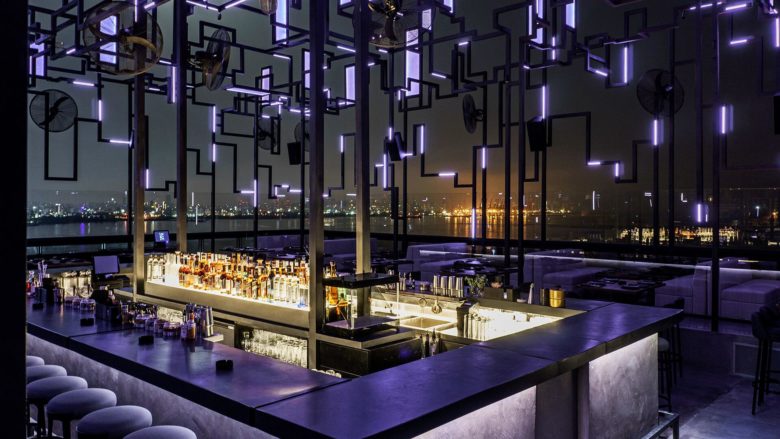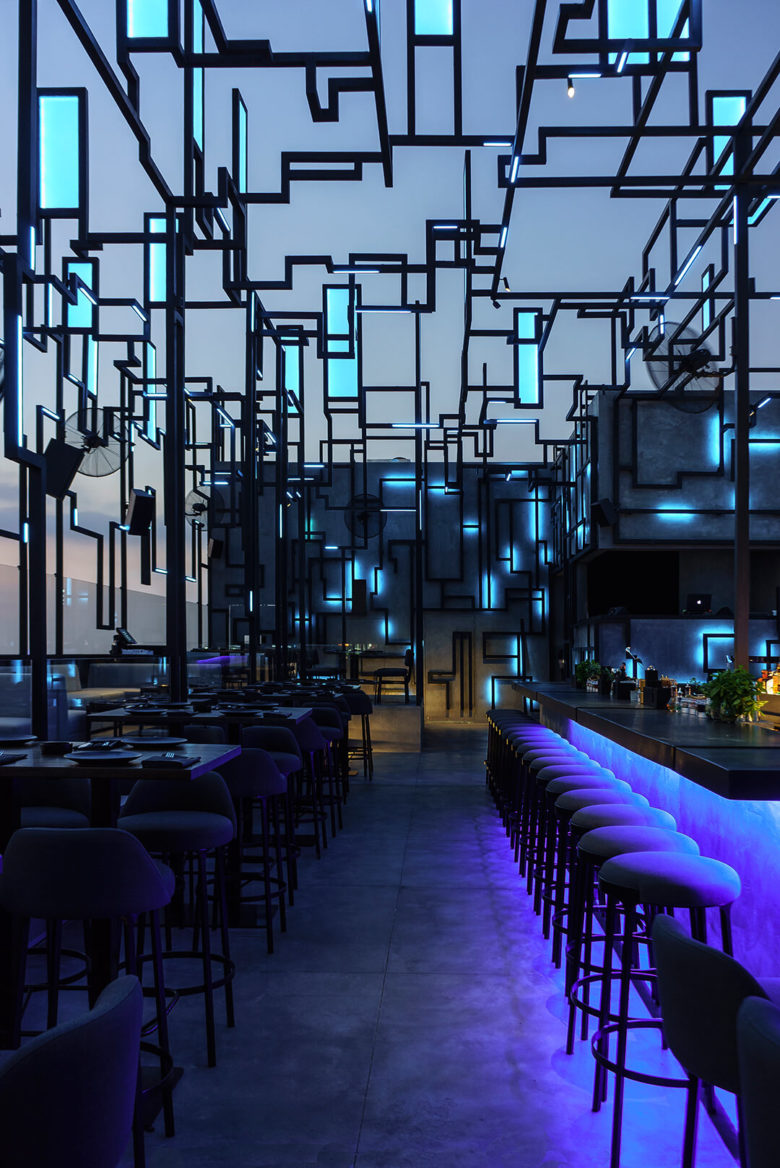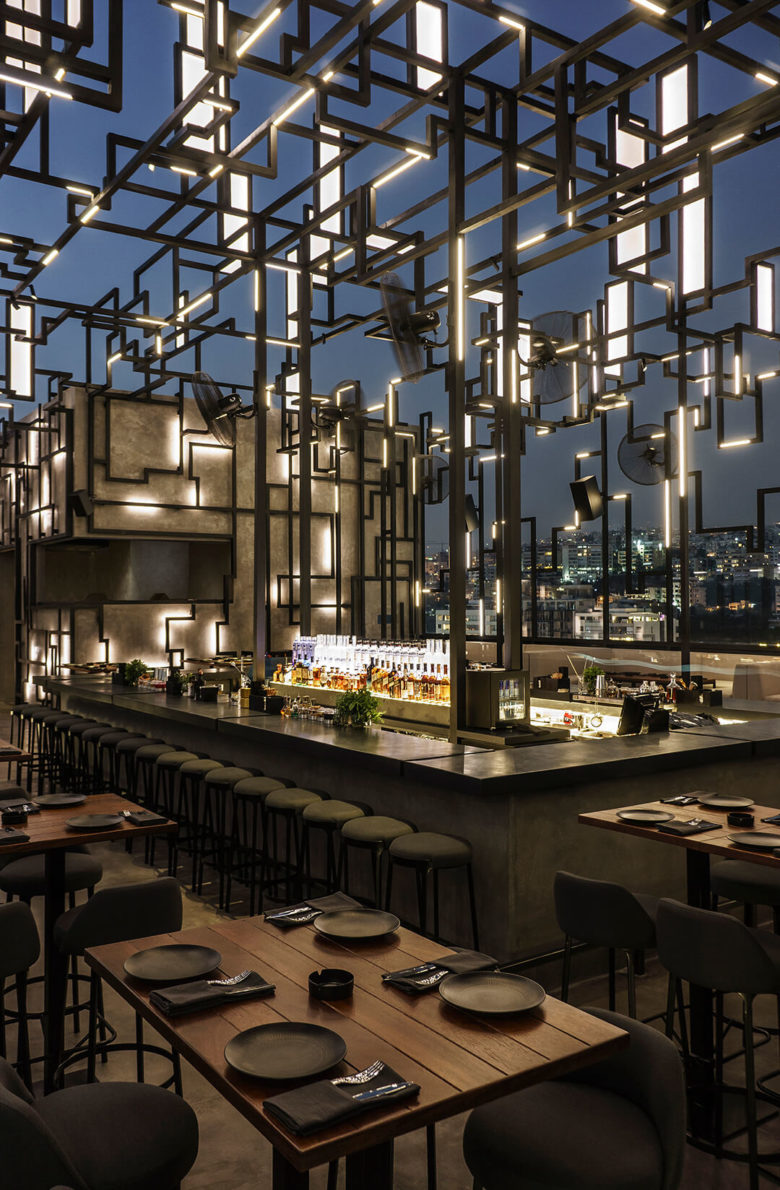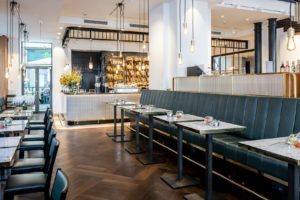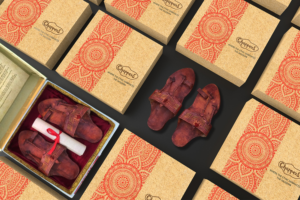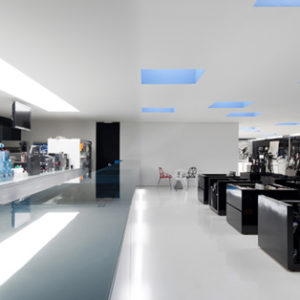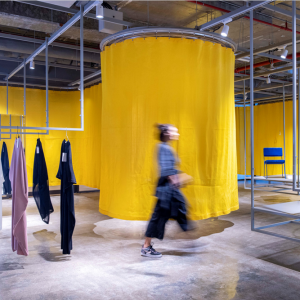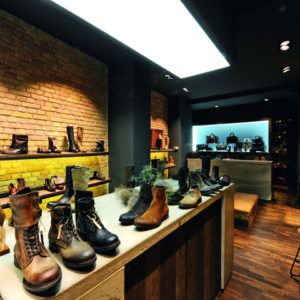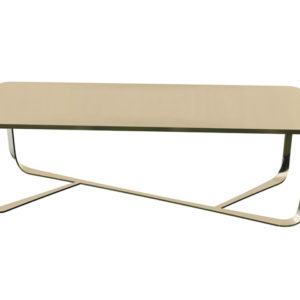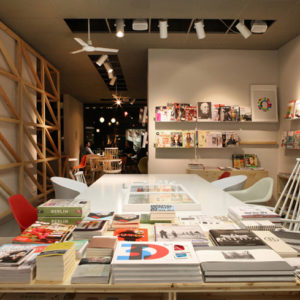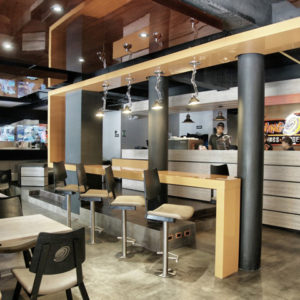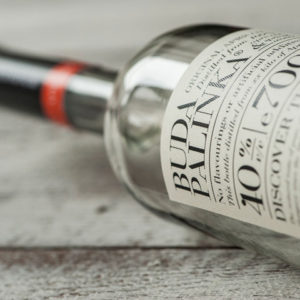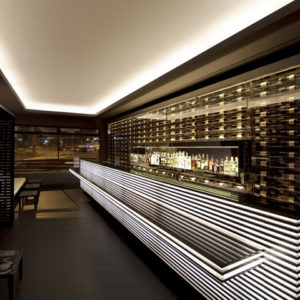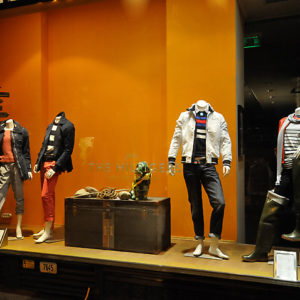

The cedar of Lebanon is outstandingly durable and surprisingly immune to most insect pests. Its wood, highly fragrant and beautifully bisque, is greatly prized. After the conflicts of the recent past, one can say the legendary Beirut nightlife oddly resembles the dazzling and resilient national emblem: just consider the fact that one of the most popular clubs in the city is built inside a former bomb bunker. Beirut truly rises at sundown, as locals will leave the struggles of the day on the dancefloor. When you combine that drive with one of the Middle East’s most forward cultures and the sheer flow of Lebanese pounds on conspicuous display, you end up with one of the most competitive nightlife scenes in the region – it’s a club-eat-club world out there.
‘The average turnover rate for some clubs is two seasons – that’s how crazy it is here,’ explains interior designer Gregory Gatserelia. The only way to stand out is to shine through the crowd… and Gatserelia has managed to do just that with his newest project, Spine.
The rooftop bar smartly uses light to point the way upwards. ‘I conceived it on the idea of avoiding the trappings of rooftop design, as they usually focus on the light or the floor,’ he explained. ‘I opted instead for a lighting structure with an upward aesthetic, to animate the sky and have the lights melt with the landscape.’
The installation is made of surprisingly simple materials – polycarbonate panel, concrete and steel – but makes for a grandly complex experience: it makes clubgoers feel like some synesthesia. Set to stun, the Tetris-like boxes start the evening with a monochromatic subtle hue and, as the night progresses, enter a dynamic mode with hundreds of colour variations competing with the music and the movement of the crowds. To achieve that, Gatserelia and his team devised 6,000 address lights controlled via a DMX computer that programs every pixel individually, using video animation; the shows are also synchronized manually so that, as the DJ shifts from one track to the next, the light follows along.
And then there’s the ingenious use of glass: it covers the perimeter for safety, but it disappears at night as it creates a reflection. ‘It cages the party animals, les bêtes de la nuit,’ he mused. Most importantly, it gives the crowd the impression of being suspended in space. ‘They’re so attracted by the light that they stop looking outwards.’
So, how does one stand out when it’s dark in Beirut? By making sure the light changes every single time.
Designed by Gatserelia
Photography by Eva Szumilas
